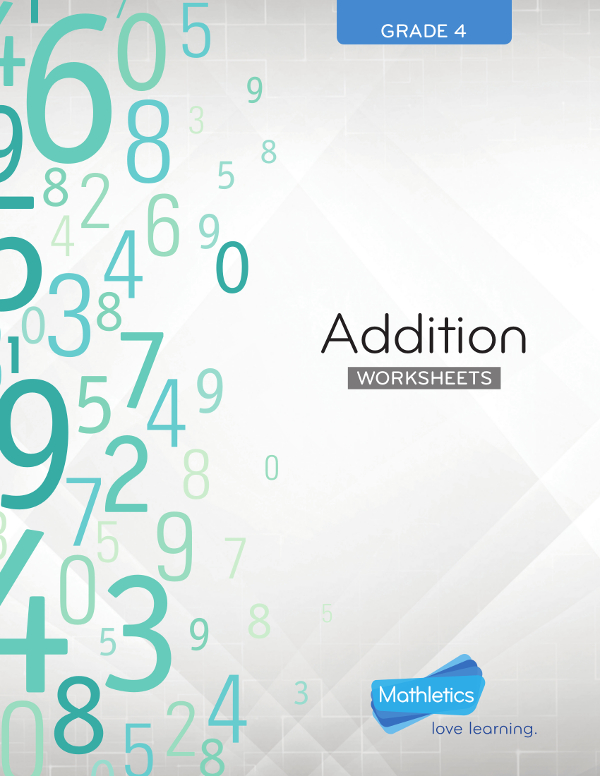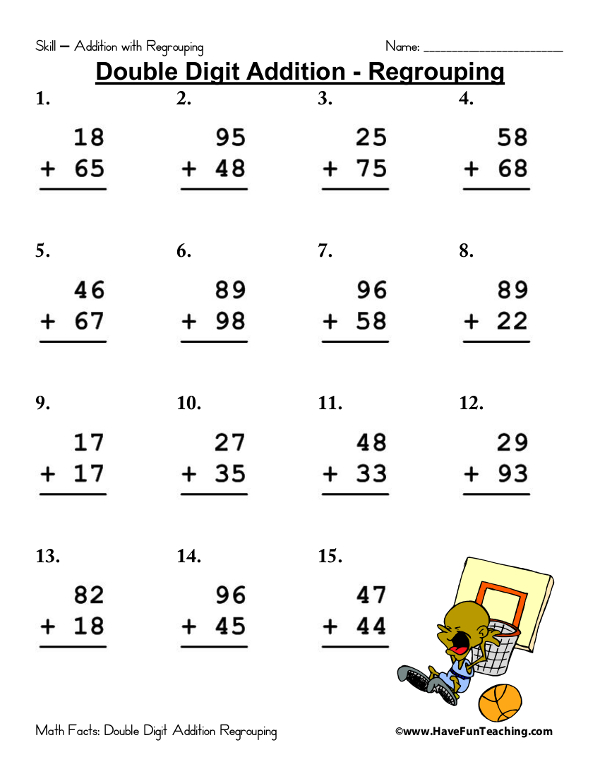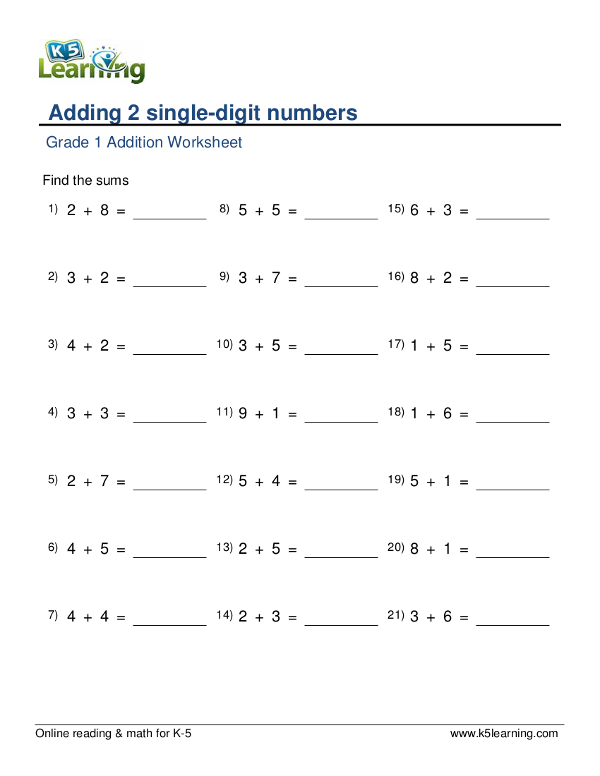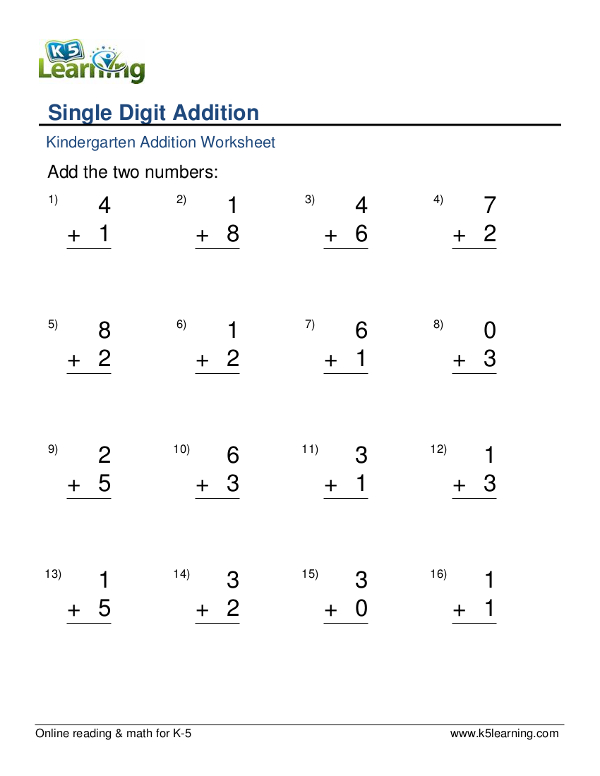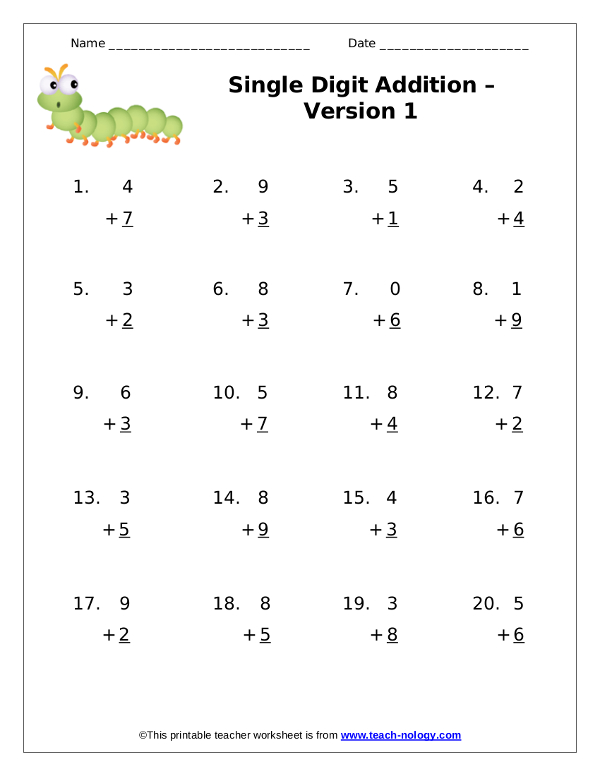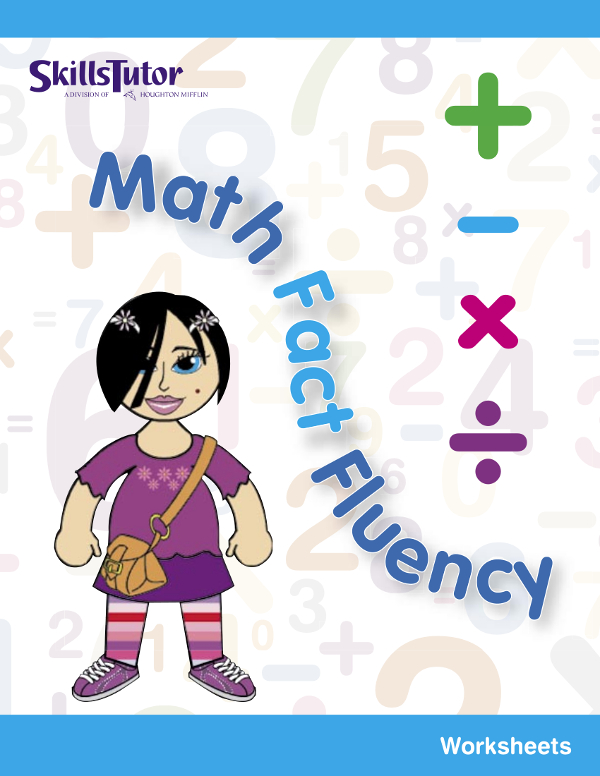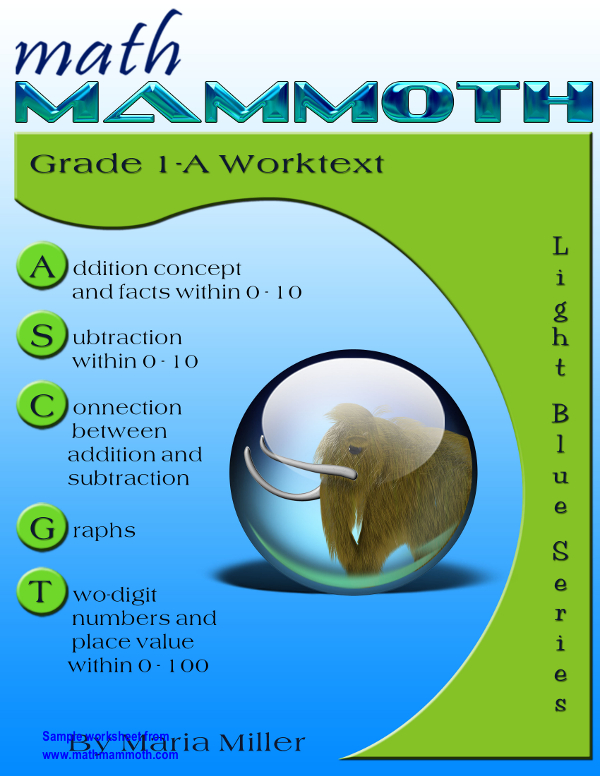6+ Addition Worksheet Examples to Download
Addition is one of the basic mathematical operations which also includes subtraction, multiplication, and division. Addition is perhaps the easiest of the rest of the mathematical operation because all you have to do is to combine the sum of two or more numbers in order to create a new but bigger digits.
But addition transcends beyond that because it can be applied in real life, too. Little do you know that you are practicing this operation on a daily basis such as when you would be adding up your money in order to pay something or when you would be cooking a dish and you just gradually adding up all the ingredients into the cooking pot. And even if addition uses the positive symbol ( + ), your life can get stacked up with the negatives as well but still, you are doing the process of addition and it’s up to you if you would allow all those negatives affect you. You may also like geometry worksheet examples for students.
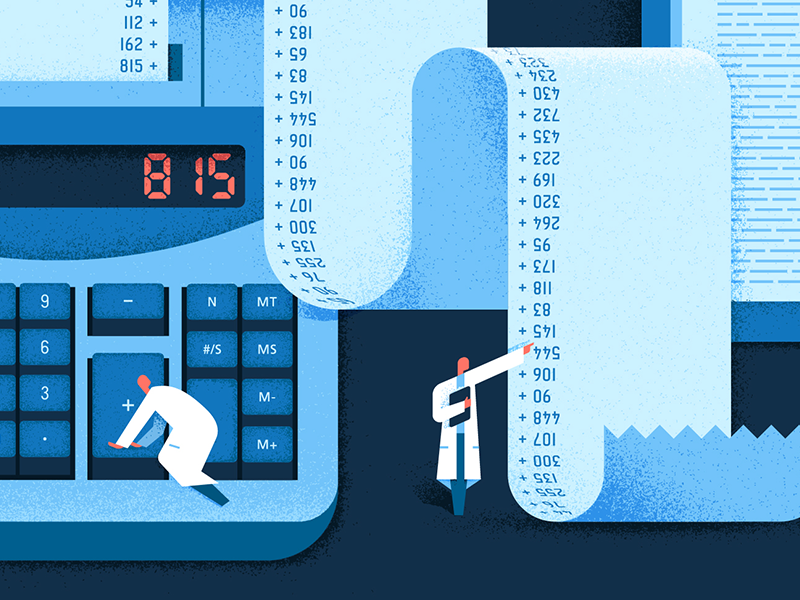
Addition, as a mathematical operation, can be pretty easy to learn but it is still encouraged for everyone to learn this as early as possible because it is definitely an important skill to possess especially when you are going to take on the challenges of the real world. You may check out the addition worksheets we have uploaded here on this article for you to make use of. You may also see kindergarten worksheet examples.
Addition Fast Facts
Addition is one of the basic mathematical operations, which also include subtraction, multiplication, and subtraction, that we use in order to put things together and will result to a larger amount or value. You may also see newspaper worksheet examples in pdf.
The symbols used in addition are the ” + ” or the plus sign and the ” = ” or the equals sign. These symbols are used to write equations with addition. The plus sign indicates the numbers that are to be added together while the equals sign introduces the sum of the equation with addition. You may also like grammar worksheets.
To read an addition equation, let’s say 1 + 1 = 2, you could read it as “one plus one equals two”. Basically, a mathematical equation is equally a math sentence only that it is a sentence only that it uses numbers instead of words. You may also check out coaching worksheet examples in PDF.
Like any other arithmetic equations, its parts have names. In an addition equation, we call the first two parts addends and these are the parts that we add in order to come up with the sum. You might be interested in goal setting worksheets.
Addition Worksheets Example
Double Digit Addition Regrouping Worksheet Example
Grade 1 Addition Worksheet Example
Kindergarten Addition Worksheet Example
Learn the Properties of Addition
Addition has four properties which includes the commutative property, associative property, identity property and distributive property. You may also like resume worksheet examples in pdf.
Learn more about these properties below:
The Commutative Property of Addition
The commutative property of addition is applied when you add two numbers and the sum is the same even if the order of the addends are switched or interchanged. You may also see writing worksheet examples in pdf.
For example:
1 + 2 = 3
2 + 1 = 3
Hence, 1 + 2 = 2 + 1
10 + 15 = 25
15 + 10 = 25
Hence, 10 + 15 = 15 + 10
120 + 150 =2 70
150 + 120 = 270
Hence, 120 + 150 = 150 + 120
To fully understand this property, you should think of its base word which is “commute”. Commute means to switch or travel places from one place to another, for example home to your school or workplace. You might be interested in reading comprehension worksheet examples in pdf.
Aside from that, commute is also defined by Merriam Webster as “to yield the same mathematical result regardless of order— used of two elements undergoing an operation.” You may also see activity sheet examples & samples.
1. The Associative Property of Addition
The associative property of addition is applied when you would be adding three or more numbers but the result or the sum of the addends are still the same. You may also check out math worksheets for students.
social profilesFor example
(2 + 3) + 4 = 2 + (3 + 4)
5 + 4 = 2 + 7
9 = 9
It is also easy to identify this property if you would think of the word “associate” which could also mean creating interactions with groups. The numbers inside the parentheses are groups and when you would add the numbers inside, it can be considered as “associating”. You may also like biography worksheet examples.
2. The Identity Property of Addition
The identity property of addition is applied when the sum of any number plus a zero is just the equal number. You may also like self-assessment worksheet examples in pdf.
For example:
1 + 0 = 1
2 + 0 = 2
3 + 0 = 3
4 + 0 = 4
5 + 0 = 5
This is perhaps the easiest property of addition because all you have to do is to think of it like that of a question and answer where the question is: What number can you add in order for a value to stay the same and unaffected? In which, the answer will be: Zero. You may also check out expense worksheet examples in pdf.
In the first example cited above, 1 has retained its value because the act of adding zero does not really affect the value of 1. You may also see sheet examples in DOC.
3. The Distributive Property of Addition
The distributive property of addition is applied when the total sum of two numbers multiplied with a third number is similar to the total sum of each the addend multiplied with the third number. You must follow the PEMDAS rule in this property. PEMDAS stands for Parentheses, E, Multiplication, Division, Addition, and Subtraction. This rule is used for equations that contains more than one operation. You may also check out expense worksheet examples in pdf.
For example
1st step: 4 * (6 + 3) = 4 * 6 + 4 * 3
2nd step: 4 * 6 + 4 * 3 = 4 * 6 + 4 * 3
3rd step: 24 + 12 = 24 + 12
Sum: 36 = 36
Take note of the second step; this is where you will be distributing 4 to each of the numbers found inside the parentheses which is 6 and 3; hence, 4 * 6 and 4 * 3. Also, take note that this is the only property of addition that combines both of the multiplication and addition operations.
Single Addition Worksheet
Sample Addition Worksheet Example
Addition and Subtraction Worktext Example
Daily Situations When Addition Is Used
Addition is the most basic part of our lives. It is one of the first few things that we have learned as a child and it has significantly stuck into our minds and into our very lives ever since. Here are some of the instances wherein addition is more than just a 1 + 1 in our lives:
1. Birthdays
Our birthdays means we have added an additional year in our lives. It also means additional experiences and challenges along the way but along with it is an additional wisdom in order to take on whatever challenges that can be thrown at you in your life’s journey. However, birthdays is not all rainbows and bright colors; it also means additional wrinkles on your face, more problems will be thrown at your ways. But despite all the negative things that could add up on your life, the most important thing you could do is to put more value and importance on the positive things in your life such as the good memories and all the people who will be adding up on the list of people you cherish in your life. You may also see fraction worksheets examples.
2. Shopping
Yes, shopping involves addition even if it sounds more on the subtraction side– but that’s another story. When you shop, you accumulate things that you need and things that you can get pleasure and satisfaction from. Also, when you shop you would also be counting, adding, and paying money that is equal to the total amount due of all the things you have chosen to buy. However, it could also add something that is negative like adding more debts or adding unnecessary belongings. That is why, when you shop, you have to make sure that you are not just buying something for pleasure and for fun; buy something that can add to the reasons why you are happy with your life. You may also like addition worksheet examples.
We hope you have learned a lot about addition with the help of this article and the addition worksheets we have included.


